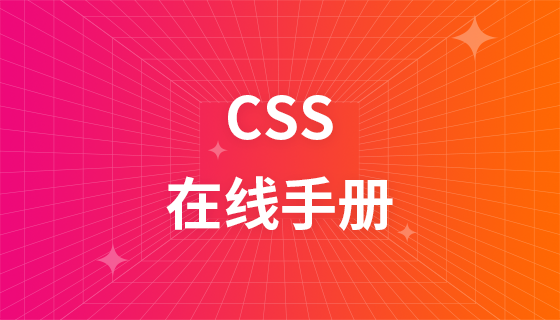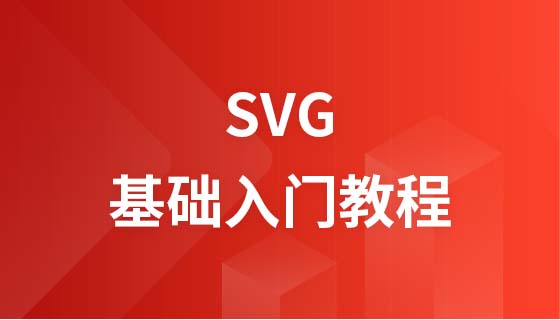
Course Introduction:The key to using JavaProfiler is to understand its functionality and follow the steps. 1. Start the tool and connect to the target application. JVisualVM can run directly and automatically recognize local processes. JProfiler needs to be installed and supports remote connections. 2. Analyze CPU and memory. JProfiler provides "CallTree" and "HotSpots". JVisualVM samples CPU through "Sampler", and both can view memory trends and object allocations. 3. Position thread problems. JVisualVM checks status changes through "Threads" tag. JProfiler can detect deadlocks and display resource waiting conditions. 4. In combination with the external environment, check the problem.
2025-07-10 comment 0 664

Course Introduction:To quickly locate Java memory issues, analyzing heap dumps using EclipseMAT is key. 1. Automatically generate heapdump when using jmap, JVisualVM or OOM; 2. After opening the file, check Histogram, DominatorTree and LeakSuspects to locate suspicious objects; 3. Analyze the GCRoots reference chain to confirm whether the leak is caused by invalid references; 4. Use CompareBasket to compare snapshots to observe memory trends; 5. Pay attention to the loading performance of large files and the display of array types. Mastering these operations can effectively troubleshoot most memory bottlenecks.
2025-07-22 comment 0 941

Course Introduction:This article introduces how to troubleshoot memory leaks through Tomcat logs and related tools. 1. Memory monitoring and heap dump First, use tools such as JVisualVM or jstat to monitor Tomcat's memory usage in real time, observe the changes in the heap memory, and determine whether there is a memory leak. Once a leak is suspected, use the jmap command to generate a heap dump file (heap.bin): jmap-dump:format=b,file=heap.bin, which is the Tomcat process ID. 2. Heap dump file analysis Use EclipseMemoryAnalyzerTool (MAT) or other tools to open the heap.bin file and analyze the memory.
2025-04-13 comment 0 1107

Course Introduction:Java memory leaks mainly occur in the heap area. Common scenarios include static collection classes holding object references, not closing resources, not logged out of the listener, implicitly holding external class references, and improper use of ThreadLocal; 2. The solutions are: using weak references or limiting cache size, using try-with-resources to automatically close resources, manually logging out listeners or using weak references, declaring the internal class as static, and using remove() to clean ThreadLocal; 3. Detection methods include using jstat/jmap/jvisualvm and other JVM tools, EclipseMAT to analyze heap dump files, and enabling GC logs to observe memory changes; 4. The best
2025-07-31 comment 0 872

Course Introduction:Java thread dump is a key tool for troubleshooting performance issues, deadlocks and blocking problems, recording the status and call stack of all threads at a certain moment in the JVM. The acquisition methods include: 1. Use jstack tool to execute jstack; 2. Send SIGQUIT signals through kill-3; 3. Use graphical tools such as JVisualVM or JConsole to export; 4. Acquire through platform interface in containers or cloud environments. Thread states such as RUNNABLE, BLOCKED, WAITING, etc. can help identify problems. A large number of BLOCKED threads may indicate fierce competition in locks. Too much WAITING may mean slow task processing or unreasonable configuration. The steps for analyzing deadlock are: 1. Find BLO
2025-07-24 comment 0 688

Course Elementary 13955
Course Introduction:Scala Tutorial Scala is a multi-paradigm programming language, designed to integrate various features of object-oriented programming and functional programming.

Course Elementary 82523
Course Introduction:"CSS Online Manual" is the official CSS online reference manual. This CSS online development manual contains various CSS properties, definitions, usage methods, example operations, etc. It is an indispensable online query manual for WEB programming learners and developers! CSS: Cascading Style Sheets (English full name: Cascading Style Sheets) is an application used to express HTML (Standard Universal Markup Language).

Course Elementary 13294
Course Introduction:SVG is a markup language for vector graphics in HTML5. It maintains powerful drawing capabilities and at the same time has a very high-end interface to operate graphics by directly operating Dom nodes. This "SVG Tutorial" is intended to allow students to master the SVG language and some of its corresponding APIs, combined with the knowledge of 2D drawing, so that students can render and control complex graphics on the page.

Course Elementary 24774
Course Introduction:In the "AngularJS Chinese Reference Manual", AngularJS extends HTML with new attributes and expressions. AngularJS can build a single page application (SPAs: Single Page Applications). AngularJS is very easy to learn.

Course Elementary 27599
Course Introduction:Go is a new language, a concurrent, garbage-collected, fast-compiled language. It can compile a large Go program in a few seconds on a single computer. Go provides a model for software construction that makes dependency analysis easier and avoids most C-style include files and library headers. Go is a statically typed language, and its type system has no hierarchy. Therefore users do not need to spend time defining relationships between types, which feels more lightweight than typical object-oriented languages. Go is a completely garbage-collected language and provides basic support for concurrent execution and communication. By its design, Go is intended to provide a method for constructing system software on multi-core machines.
Laravel Modal does not return data
2024-03-29 10:31:31 0 1 696
Can I use the automatic generation module of thinkphp5 in Windows 7 system? How to configure and use
2017-10-10 17:04:14 0 2 1466
2017-10-10 19:25:59 0 4 3014
To use mcrypt_get_key_size() in php study, how to enable mcrypt_
2017-10-10 19:47:34 0 1 1240
Detecting login status and preventing repeated login status in TP5 - My page is wrong
2017-10-10 22:49:15 0 0 1266